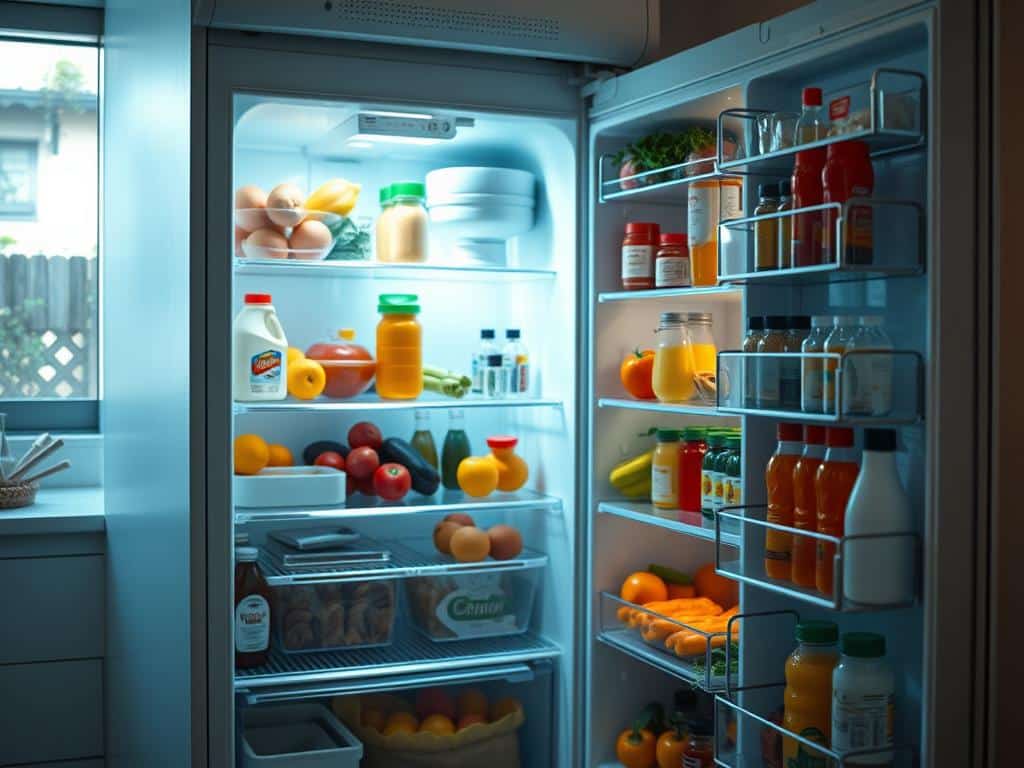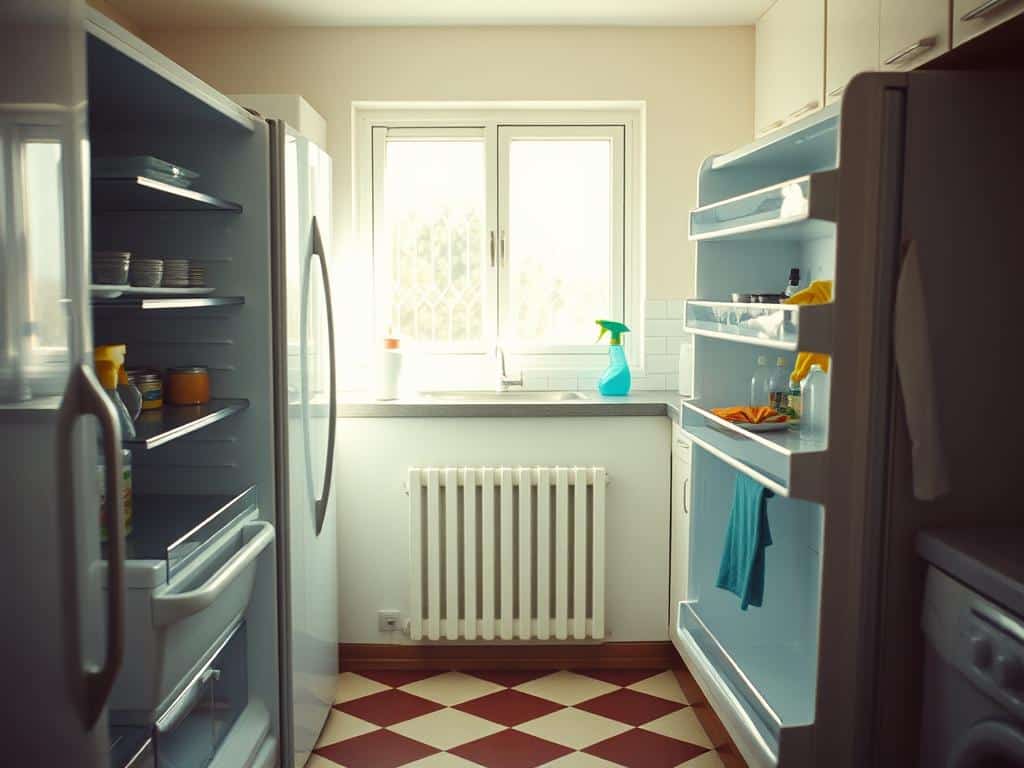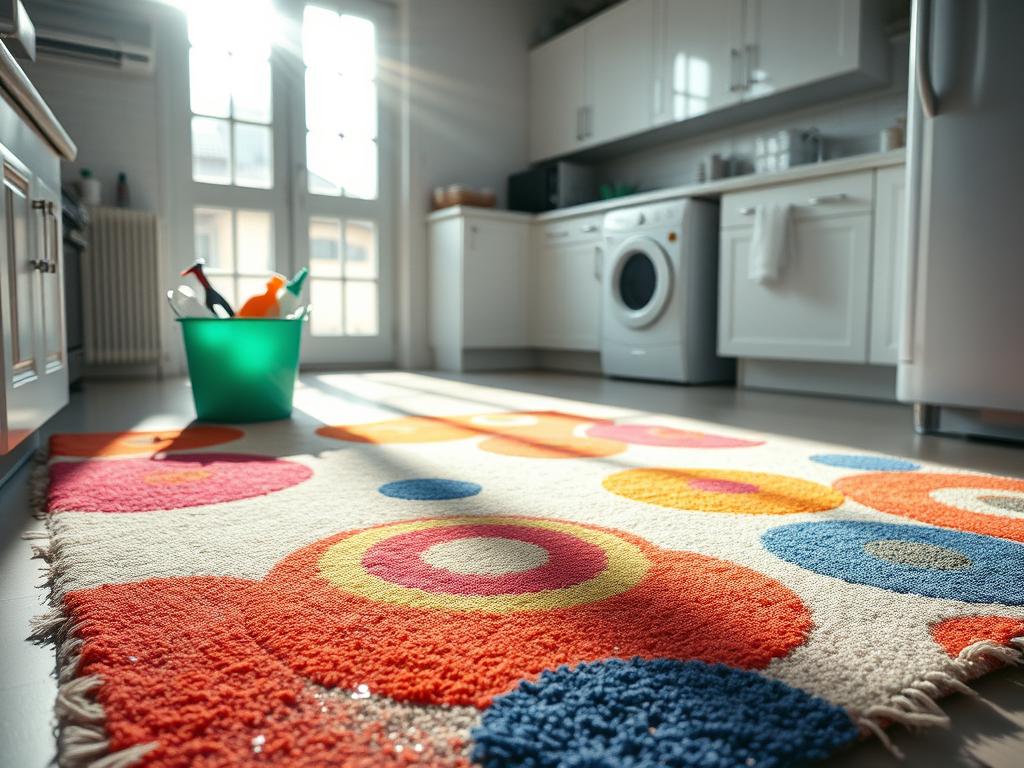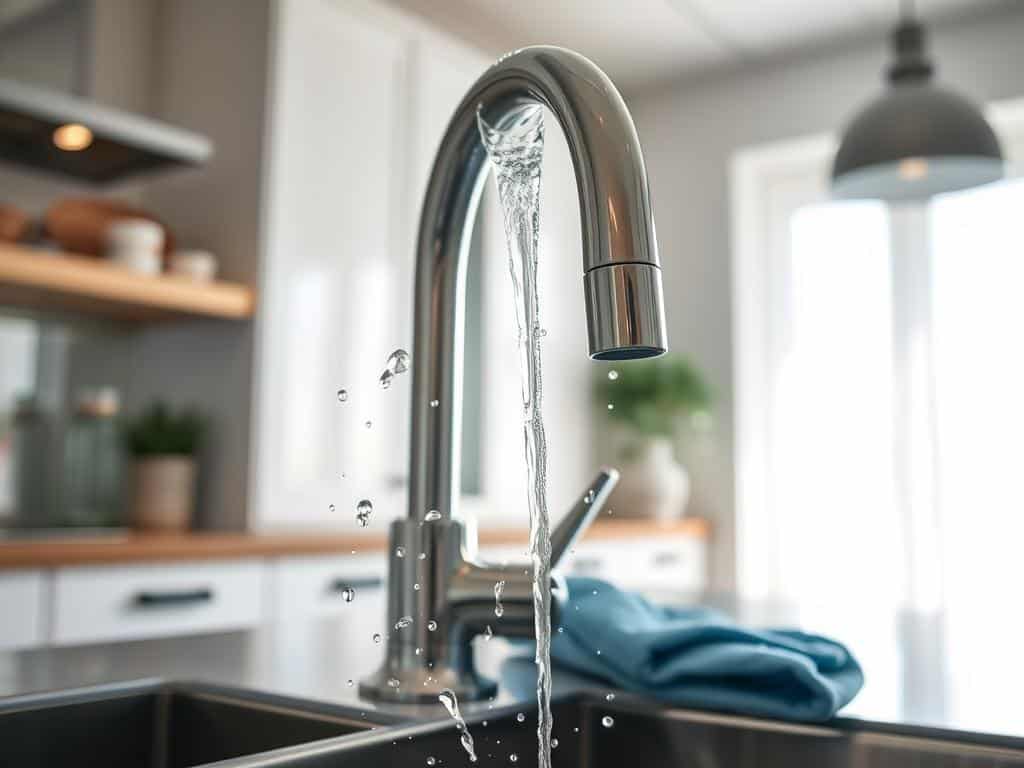
Ensuring your refrigerator stays clean is an essential part of appliance hygiene that can often be overlooked. Regular refrigerator maintenance not only helps prevent foodborne illnesses but also keeps your fridge organized and maximizes storage space.
In this comprehensive guide, we will walk you through practical fridge cleaning tips, using natural ingredients like vinegar and baking soda to effectively eliminate odors, stains, and harmful bacteria. By following these steps, you can keep your fridge in top condition and your food fresh for longer.
It is generally recommended to clean your fridge every three months to maintain optimal freshness. For this purpose, you should avoid abrasive cleaning products like bleach and instead opt for safer alternatives that won’t damage your refrigerator’s interior or contaminate your food.
In the sections below, we’ll detail the types of cleaning supplies you’ll need, pre-cleaning preparation steps, a detailed cleaning process, and how to tackle stubborn stains and mold. Read on to discover our essential fridge cleaning tips and ensure your refrigerator serves you well.
Why Regular Cleaning is Essential
Routine refrigerator cleaning is not just about maintaining appearances; it’s a critical component of food safety, refrigerator hygiene, and effective storage. Regular maintenance ensures that your fridge operates efficiently, keeping your food fresh and safe for consumption. Here’s why it’s imperative to keep your fridge spotless.
Preventing Foodborne Illnesses
Food safety is a primary concern when it comes to refrigerator hygiene. Bacteria such as listeria, E. coli, and salmonella can thrive in improperly cleaned fridges, even at low temperatures. According to the Centers for Disease Control and Prevention, it is recommended to toss old or recalled foods and any foods stored next to or touching them to prevent potential contamination. Cleaning the interior using a solution of one part baking soda to seven parts water can help maintain a clean environment, effectively stifling the growth of harmful microorganisms.
Maintaining Freshness and Hygiene
Refrigerator hygiene is essential for maintaining the quality and safety of your stored food. Cleaning shelves and drawers with hot water and dishwashing soap is crucial to prevent food contamination and extend the lifespan of perishables. The refrigerator should be kept at an ideal temperature of 39°F (4°C), and the freezer below 14°F (-10°C) to inhibit microorganism growth. Deep cleaning every two months—or more frequently if fresh food is stocked weekly—helps in maintaining optimum freshness.
Maximizing Storage Efficiency
Effective storage in your refrigerator can significantly enhance your meal preparations. Organizing food in transparent containers ensures better visibility and reduces the risk of waste through spoilage. Regular cleaning and proper organization allow for better air circulation, which helps in maintaining the required temperature. Avoid overcrowding groceries to keep your fridge efficient and functional. Regularly cleaning condenser coils and other components also ensures your fridge operates at peak performance, further optimizing storage efficiency.
- Clean the interior with a baking soda solution
- Use hot water and dish soap for shelves and drawers
- Maintain ideal temperature settings
- Organize food in transparent containers
- Avoid overcrowding to ensure proper air circulation
Gather Your Cleaning Supplies
To start cleaning your fridge effectively, you’ll need the right supplies. Having the appropriate cleaning products and household tools for cleaning ensures your task is efficient and thorough. Below, we outline the essential items you’ll need.
Essential Cleaning Products
Begin by assembling powerful, yet safe, cleaning products. These should include:
- Mild dish soap
- White vinegar
- Baking soda
- Warm water
These products are non-toxic and ideal for food contact surfaces. Including them in your fridge care supplies is paramount for maintaining cleanliness and hygiene. For a detailed step-by-step guide on cleaning your fridge, you can find more information here.
Recommended Tools and Equipment
Next, gather your household tools for cleaning. Recommended tools to have on hand include:
- Microfiber cloths
- Soft brush or toothbrush
- Sponge
- Trash bags
- Vacuum with a brush attachment
Additional tools might include refrigerator deodorizer options such as baking soda or activated charcoal, all of which are effective in maintaining freshness. Regular upkeep requires these tools to ensure your fridge remains clean and functional.
Using the right combination of cleaning products and household tools for cleaning enables efficient and comprehensive maintenance. Implementing these items into your routine supports a clean, organized fridge, while following a regular schedule for discarding expired food items and deep cleaning can significantly extend your appliance’s lifespan. Don’t forget to follow manufacturer guidelines and consider professional services for more challenging tasks.
Preparation: What to Do Before Cleaning
Proper fridge cleaning preparation is paramount to ensure a thorough and effective cleaning process. Before diving into the actual cleaning task, it’s essential to unplug your fridge, which promotes appliance safety and also helps you save on energy. This step prevents the fridge’s mechanisms from being disturbed and ensures a safe cleaning environment.
Removing Food Items
Begin by removing all food items from the fridge. This is a great opportunity to check for anything that’s expired or spoiled, and discard those items. This step not only helps reduce clutter but also lays the foundation for how to organize fridge contents more effectively once the cleaning is done.

Disassembling Shelves and Drawers
Next, carefully disassemble all removable parts including shelves and drawers. Allow these items to come to room temperature before cleaning them with warm soapy water. This preventive measure helps avoid any cracking or damage to the plastic components. Using products like Dawn Dishwashing Liquid can make this task easier and more effective.
Powering Down the Fridge
Ensure the fridge is powered down to maintain appliance safety. This not only reduces the risk of electric shocks but also makes it easier to clean tight corners and the back of the fridge. It’s recommended to dry the inside of the refrigerator thoroughly to prevent bacterial growth before you turn the appliance back on.
By following these steps meticulously, you’re setting the stage for a successful cleaning routine that emphasizes fridge cleaning preparation, how to organize fridge, and appliance safety. This thoughtful approach will ultimately enhance your kitchen’s hygiene and functionality.
How to Clean Fridge: Step-by-Step Process
Deep cleaning your fridge might seem like a daunting task, but with a clear step-by-step process, you can ensure your appliance remains hygienic and efficient. Here’s a comprehensive appliance deep cleaning guide to help you achieve this effortlessly.
Cleaning with Vinegar and Baking Soda
Begin by creating a natural fridge cleaning solution using vinegar and warm water. This mixture effectively tackles spills and softens food buildup. To combat odors and ensure a chemical-free clean, you can also use a baking soda mixture. Utilize a toothbrush for those hard-to-reach areas, ensuring every corner is spotless.
Wiping Down Shelves and Drawers
Next, remove all removable items such as shelves and drawers. Submerge them in hot, soapy water and scrub thoroughly. After cleaning, dry each item completely to prevent any mildew formation. This ensures every part of your fridge is deep cleaned, maintaining freshness and hygiene.
Cleaning Underneath and Behind the Fridge
Don’t forget the oft-neglected areas underneath and behind the fridge. Vacuuming these sections helps in removing accumulated dust and debris. For external surfaces, use soapy water and a long soft-bristled brush. This step is crucial for a comprehensive appliance deep cleaning guide, contributing to the appliance’s longevity and efficiency.
Addressing Stubborn Stains and Mold
Spots and mold in the fridge can be quite stubborn and frustrating. However, effective methods for stain removal and proper cleaning approaches can save you from dealing with unsightly and potentially harmful mold in the fridge. Besides being non-toxic, vinegar uses can make these cleaning tasks both efficient and safe.
Removing Stains with Vinegar
When it comes to stain removal, a diluted solution of white vinegar works wonders. Mix equal parts of vinegar and water in a spray bottle and spray the solution directly onto the stains. Let it sit for a few minutes to break down grease and grime effectively. Then, using a soft cloth or sponge, gently scrub the stains until they disappear. This method is highly recommended, especially for food-contact surfaces, as vinegar uses ensure safety and effectiveness.
Eliminating Mold Safely
Tackling mold in the fridge requires a different approach. Spray undiluted white vinegar directly onto moldy areas and let it sit for at least 10 minutes. This allows the vinegar to penetrate and kill mold spores effectively. Afterward, wipe the areas thoroughly with a clean, damp cloth to remove all traces of mold. Ensure the surfaces are completely dry to prevent mold regrowth, as moisture is a key culprit in mold formation.
Pay special attention to the seals and gaskets of the refrigerator, as these spots are prone to mold build-up, especially in humid climates like Seattle. Regularly cleaning and drying these areas can prevent mold and ensure a hygienic refrigerator. For stainless-steel exteriors, using a mild detergent or a mixture of baking soda and water keeps them clean without damaging the finish.
Conclusion
The importance of regular refrigerator upkeep cannot be overstated. By incorporating regular cleaning benefits into your routine, you ensure not only the health and safety of your household but also the optimal functionality of your appliance. As we have discussed, conducting a thorough cleaning of your refrigerator at least once a month, along with checking weekly for spills, expired food, and maintaining overall cleanliness, is essential for preserving your fridge’s efficiency and longevity.
Utilizing effective cleaning agents like vinegar and baking soda, as discussed, makes tackling dirt, stains, and mold more manageable. Moreover, maintaining cleanliness extends beyond the inside of the fridge. Don’t forget to vacuum the cooling coils three times a year to prevent breakdowns and prolong the lifespan of your appliance. Additionally, strategically organizing food items and implementing the “First In, First Out” (FIFO) method helps reduce contamination risks and maximizes storage efficiency.
Keeping your fridge organized and odor-free need not be daunting. Using products like an open box of baking soda or activated charcoal helps absorb unwanted smells, while placing a clean brown paper bag can aid in odor control post-spillage. Remember, the small, consistent efforts in appliance care tips lead to enduring benefits. For a detailed overview of how often to clean your fridge at home, consider referring to this useful guide. Incorporate these practices, and you’ll enjoy a cleaner, more efficient refrigerator that serves your family well.



